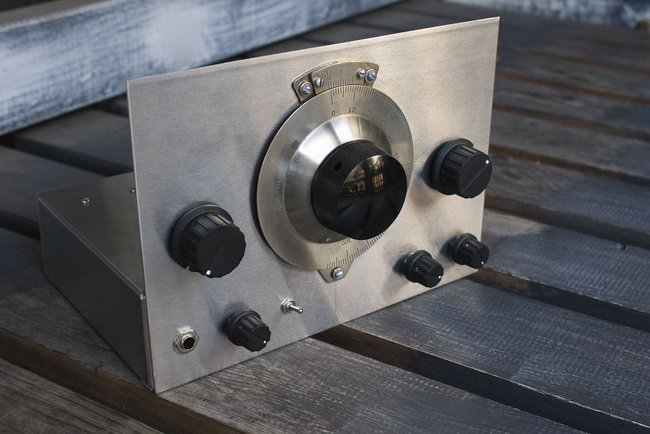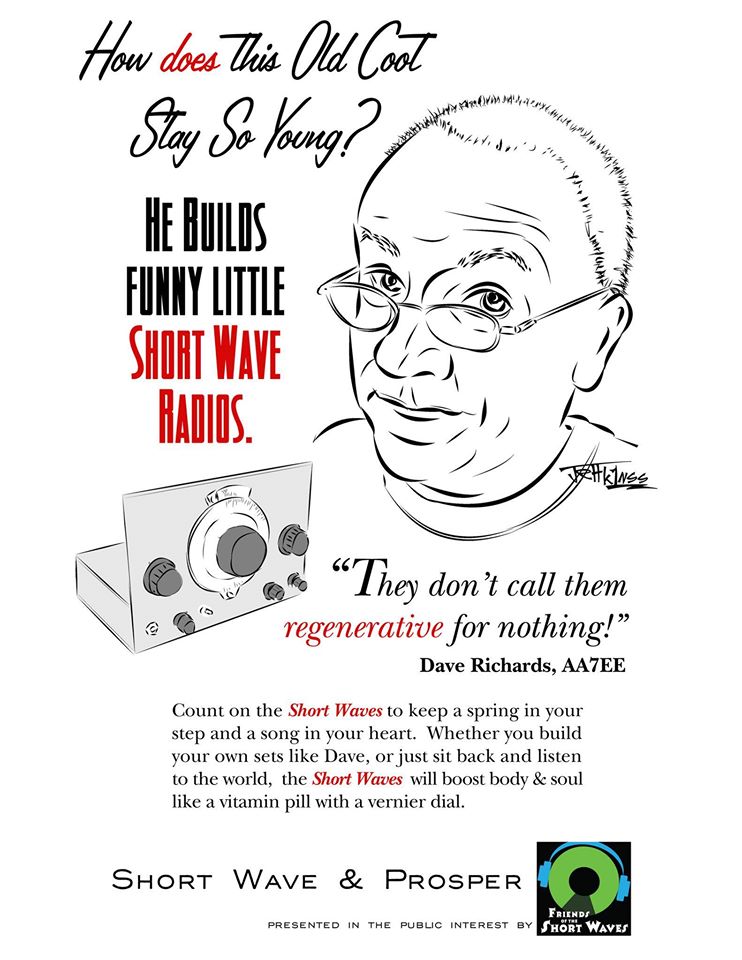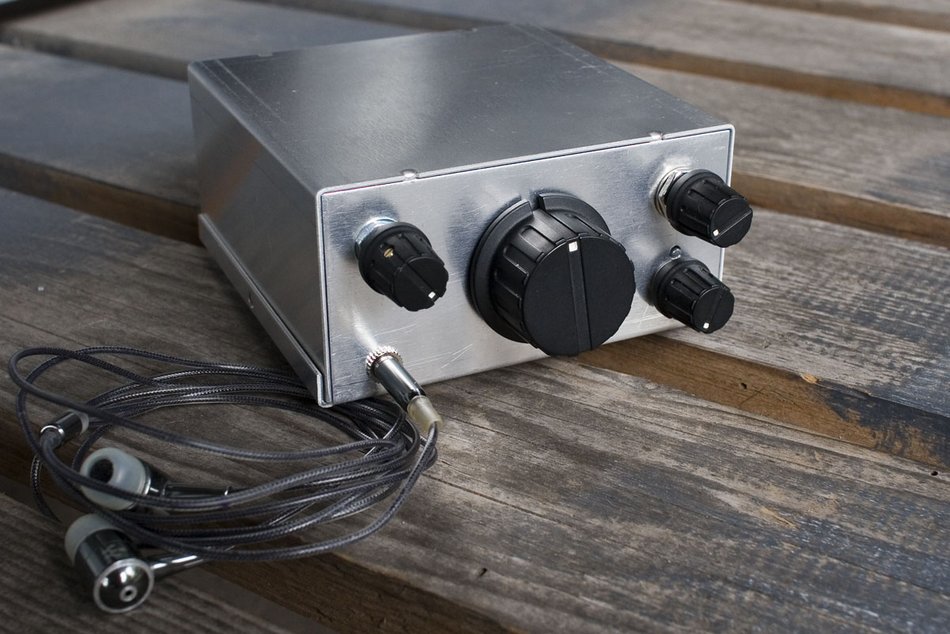 My buddy and SWLing Post reader, Dave Richards (AA7EE), wrote several weeks ago with an interesting comment:
My buddy and SWLing Post reader, Dave Richards (AA7EE), wrote several weeks ago with an interesting comment:
“I was just now tuning around the 31M band on a [regenerative receiver] that I am putting the finishing touches on, and noticed that the audio from China Radio International on 9790KHz was not only cutting in and out, but was also warbling, as if the program was being played from a tape machine with a slipping pinch wheel.
I’m finding it a bit hard to believe that in this day and age, a country like China would be using tape machines in their studios still, but am trying to figure out what other explanation there could be for this. The warbling doesn’t sound as if it is being caused by the propagation. Have you heard this before?
I have attached a short recording. Please excuse the bassy audio – I need to modify the receiver circuit to provide some bass roll-off.”
Click here for Dave’s recording or listen below:
I agree with Dave; it sounds like CRI is playing from a tape deck with a slipping pinch wheel. I’m not sure this could be a modulation issue. Perhaps it’s both? Curious what other readers think.
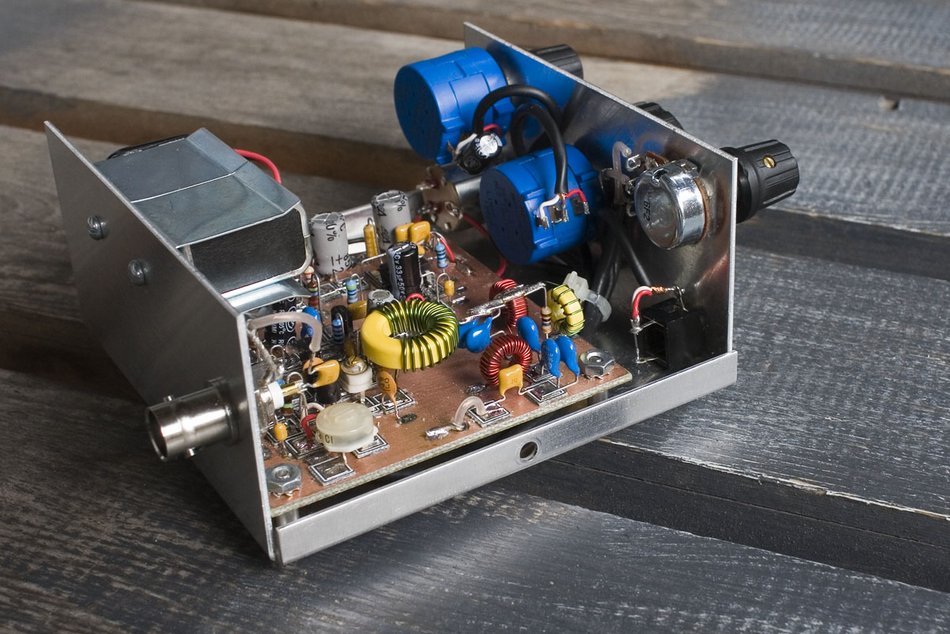
Warble aside, I was also very intrigued by Dave’s home brew 31 meter broadcast band regenerative receiver. I asked him for more details; he replied:
“I built another version of the WBR. The original version, as well as the first version I built, was for the 40M amateur band. I was intrigued to see how it would perform on other frequencies, so I built a version for the 31M band. The only change I need to make now is a bit of filtering to provide some rolloff of the bass frequencies, as they are hurting the intelligibility in my opinion.”
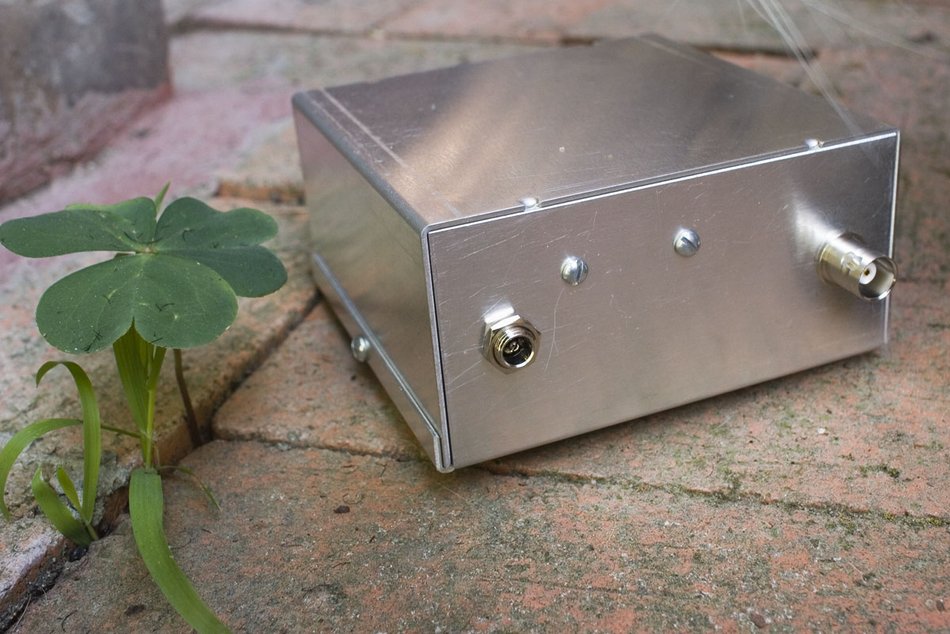 Wow! What a cool little home brew project! And many thanks to Dave for the brilliant photos of the WBR. I should mention that Dave has an excellent ham radio blog where he documents his radio projects. Indeed, check out this page for more information about the WBR broadcast band receiver.
Wow! What a cool little home brew project! And many thanks to Dave for the brilliant photos of the WBR. I should mention that Dave has an excellent ham radio blog where he documents his radio projects. Indeed, check out this page for more information about the WBR broadcast band receiver.
Dave told me that he is currently working towards his goal of designing and building the “ultimate” regenerative receiver with plug-in coils for many different bands. I’ll be following him, so I encourage you to do the same by bookmarking his website.
Many thanks, Dave!

